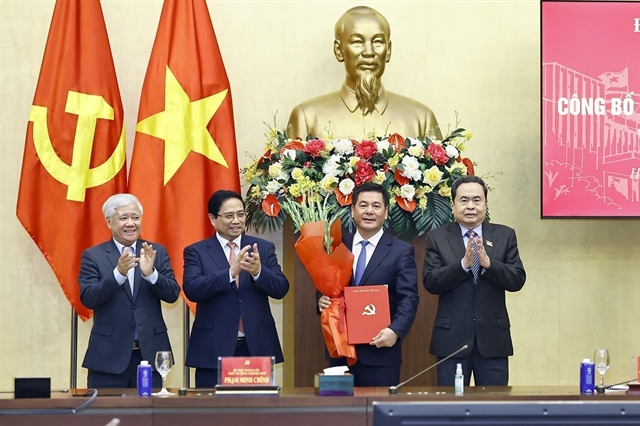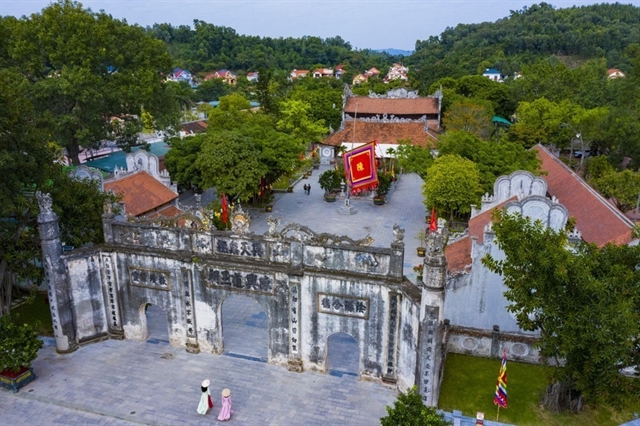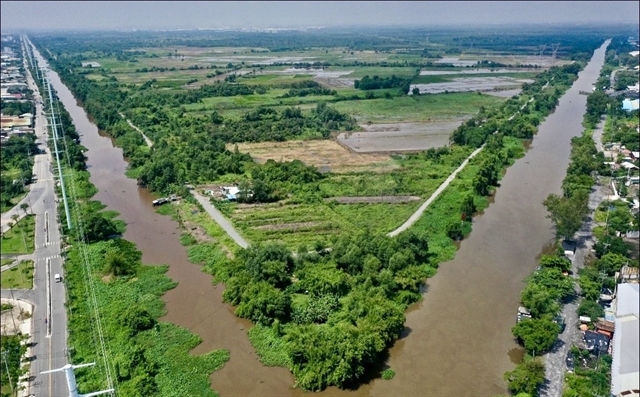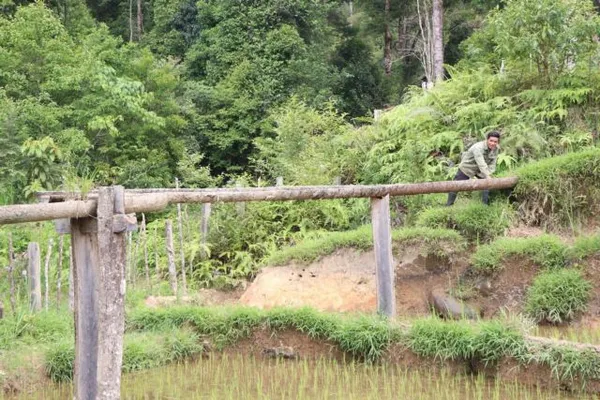 Society
Society

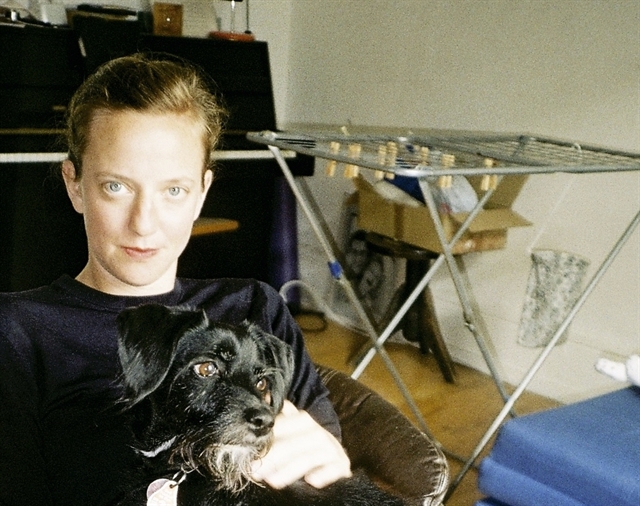 |
| German filmmaker Franziska von Stenglin. Photo dafilms.com |
The documentary Dust of Modern Life was shown at the Documentary Film Festival for Sustainability held by the Goethe Institute in Hà Nội last month.
The film was made by German filmmaker Franziska von Stenglin.
Once a year, a Xê Đăng ethnic young man Liêm in the Central Highlands region leaves his normal life behind to go into the forest to live like his ancestors once did, hunting and gathering.
Việt Nam News reporter Nguyễn Bình interviewed von Stenglin about her making a documentary about the ritual in Việt Nam.
The documentary was shown to an audience in the village in the Central Highlands region where it was shot. Do you remember how the villagers received the film?
Showing the film in Dăk Sao in Tu Mơ Rông District in Kon Tum Province was one of the most special experiences of my life. We set up the screen outside the old community house. It was a beautiful evening, loads of kids were there, I think there must have been 200 people.
It was like Cinema Paradiso. There was an old man watching the film very closely, he said that he too as a young man went to the jungle like Liêm did in the film. All the protagonists Liêm and his family were very proud of the film. There was a lot of laughter of course, from everyone, every time they saw themselves on the screen.
There was a professor of biology from Hà Nội there who had tears in his eyes when he asked me questions about the wildlife in the jungle that was almost gone. The film connected the people in Hồ Chí Minh City and Hà Nội to Liêm and his community of Xê Đăng.
Somehow I thought that this connection was already there that people knew more about people like him, but I suppose this area is more shielded off than I realised and the state sponsored documentary films do not portray this community well.
It seems the film was only fully understood here in Việt Nam -- its meaning and the poetry of that kind of living. Nguyên Ngọc, the writer and anthropologist who first told me about the Xê Đăng ethnic group, who I showed the film to as a last stop of my tour in Hội An, said I captured the soul of the Xê Đăng, which is unbelievable feedback. It means so much to me.
What inspired you to make the film?
In 2013 I came to Việt Nam for the first time on a study trip with my art school class. During this trip we met Nguyên Ngọc who lived with the Xê Đăng as a young man during the war. He told us about their ritual to retreat into the jungle to 'clean themselves from the Dust of Modern Life'.
He told us this magical story of how the Xê Đăng back then did not take anything with them, the whole village went, from the village elder to young babies and they would only live from what they could hunt and gather at the time.
He said that he did not think this would still exist today because of deforestation and modernisation. But this story stuck in my head and the idea that retreat from our daily lives is a universal human desire. So I decided to find out if there was still a place where the Xê Đăng do this.
He was the reason I made the film. He is 93 now. It was an honour and one of the greatest joys of my life to meet him.
'The Dust of Modern Life' is your first feature-length film. How was the experience of shooting it?
There were so many difficulties. I did not have a lot of money, the original person quit the project four days before the first day of shooting.
I felt that during the two weeks of shooting I was not really directing but only problem solving, but I think this is not an uncommon feeling among film makers. But I had an amazing team who supported my idea and gave the project their all. Lucie my DoP, Trang my line producer, Thắng, Tân, Nga, Quý and of course Liêm and the other actors and together we somehow made it work.
It took you several years to complete the film. What is the big challenge to documentary makers in your opinion?
Money. It took me so long because I only had enough money to shoot the film, just about. When I came back I had to find money for the post production and relied on a lot of people helping me without getting paid and that takes time.
You solve difficulties through just keeping going. There are more reasons to stop doing projects like these than to continue. You need endurance and a high pain threshold.
Could you tell us about documentary development in Germany?
Germany has state sponsored film funding for which you can apply for. This is also how I financed part of my post production. Hessen Film gave me 25,000 euros which was amazing. So in that sense it is a lot better than in Việt Nam.
In your time in Hà Nội, you had a workshop with filmmakers at the Centre for Assistance and Development of Movie Talents Cinema Talent Development. Could you tell what did the filmmakers get from you?
I told them embrace happy accidents, plan your shoots, don’t shoot hundreds of hours of mediocre material and make your decisions of what you want to film during the shoot and not in the editing room. Pay your protagonists, respect the time that they are giving you.
Have you had a chance to watch any Vietnamese documentaries?
First and foremost the film that comes to mind is Hà Lệ Diễm's Children of the Mist. An intense film with an unique insight into another ethnic minority of the Vietnamese northern mountainous regions. VNS

